Miss Philippines, Mr. Zobel, the Countess, and Luna’s Silver Belt
What is art without truth—and truth may be found in the tantalizing little details. Three wonderfully truthful artists collide at the forthcoming Leon Gallery Spectacular Mid-Year Auction this June 7. This major sale usually beats to the drum of the patriotic fervor of Independence Day.
However, it’s not a history that’s dry as dust. The expert at making the past come alive is none other than that former chair of the National Historical Commission, the tireless Ambeth Ocampo.
Ocampo, in fact, has been coaxed into parting with a few of the objects from what he calls his “cabinet of curiosities” and to include them in the June auction. (Note to self: Curiosities are not to be scoffed at. The British Museum came to be from one such cabinet, that of the eminent Dr. Sloane.)
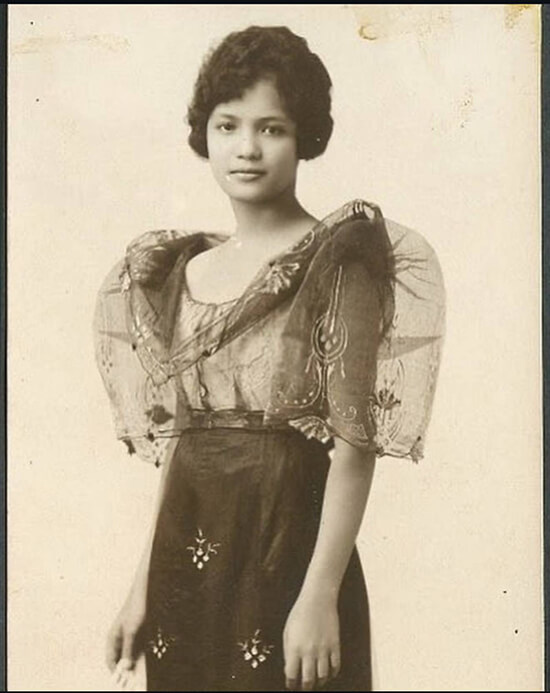
Certainly, a sight to behold from Ambeth’s collection is an intriguing double portrait—two muses, one real and one sculpted in stone. It was created by Romulo Galicano (b. 1945), a native son of Cebu who could just as easily have been born in Paris or Madrid a century ago and painted for their salons. Galicano here captures the bust of a beauty’s head made by Guillermo Tolentino. In true Ambeth Ocampo-style, a newspaper article exists in his files showing the national artist photographed posing in an artist’s smock, chisel in hand, working on the very same statue in the Philippines Free Press magazine of 1929. The woman in question was in fact quite famous: she was the Carnival Queen of 1927, Miss Luisa Marasigan.
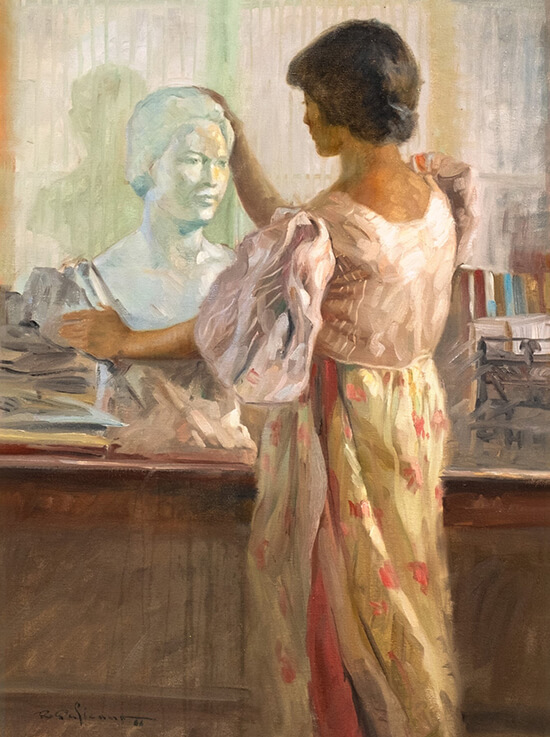
There is one special resource on all things Carnival Queen so we tracked down Alex del Rosario Castro for more information. He notes from his encyclopedic memory that Miss Marasigan was escorted by Guillermo Jose, who would popularize the sport of tennis in the Philippines and would found the country’s very first tennis association. (I suppose this was like dating the inventor of pickleball!) He, however, did not end up marrying this particular beauty queen. After her reign as a sort of primordial Miss Philippines, Luisa would return quietly to her hometown of Gumaca, Quezon to become a teacher and to marry her childhood sweetheart, an engineer named Sisenando Barretto.
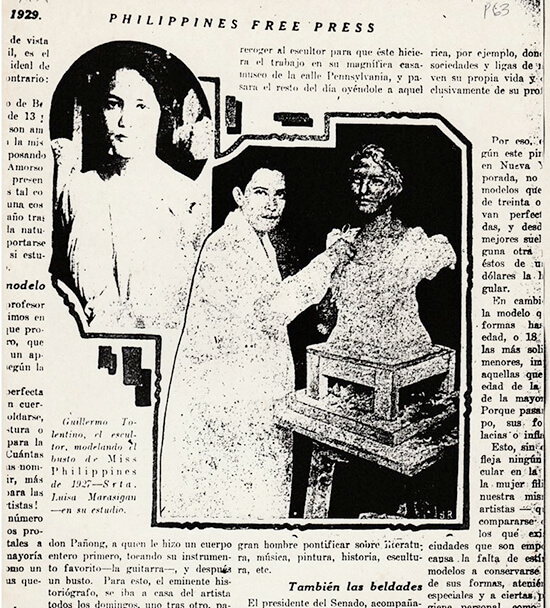
Those genteel years of the 1920s were halfway between the gilded age of Luna and the death and destruction of World War II. It begins the three eras these objects chart.
Circling back to the 19th century, we find Juan Luna who had a not entirely unexpected connection with the upper echelons of Spanish state and society.
.jpg)
Enter the Countess of Romanones, a figure whom the social raconteur Isidra Reyes describes as an ambitious and beautiful American by the name of Aline Griffiths. She was, in fact, very much of the same mold as Wallis Simpson, Duchess of Windsor. (The two actually became friends after Aline would ensnare the grandson of one of Spain’s most important grandees—the Conde de Romanones.)

Aline would become famous as the bestselling author of “café espionage” books where she revealed her activities for the OSS (the precursor to the CIA) in World War II. Her real life was certainly glamorous enough with a set of pals that included Ava Gardner, Audrey Hepburn, Jackie Onassis, and none other than Imelda Marcos.
Recently unearthed details found by Reyes narrate how Countess Aline had come to Manila in the ’70s, stayed in Malacañang, and witnessed the pageantry of “Kasaysayan ng Lahi,” a special parade commissioned by Mrs. Marcos.

The Filipino connection doesn’t end there. The very first Count of Romanones Alvaro de Figueroa y Torres had shared bohemian nights with Juan Luna and his fellow artists while they studied in Rome. (The conde would recount meeting the coterie in his memoirs.) This painting would thus form part of his collection. Alvaro would become not just mayor of Madrid but also one of Spain’s prime ministers and even the president of the Real Academia de las Bellas Artes de San Fernando where Luna had studied. It would be his grandson who would meet and marry the model turned spy.
Italy would have a very special resonance with Luna—whose first and biggest triumphs were created in Rome, the Death of Cleopatra and the immortal Spoliarium.
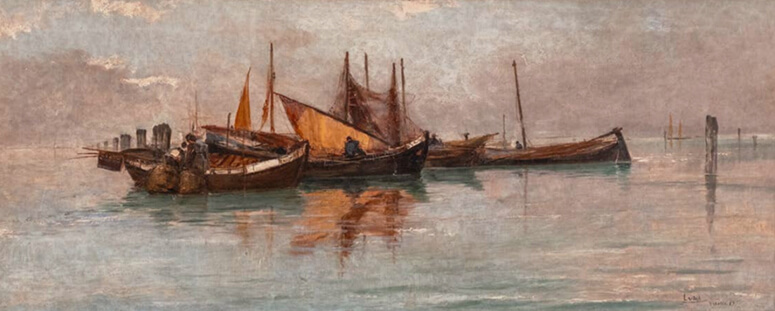
Newly married to the heiress Paz Pardo de Tavera, he would return to Rome and Venice for his honeymoon. It was in the city called La Serenissima that he would paint Claro de Luna en la Laguna de Venecia (Moonlight on the Lagoon of Venice). Venetian fishing boats called bragagnas are trapped in a space between sky and sea, sailing into an imagined recollection.
The perfect counterpoint to this depiction is a particularly noteworthy lot from the Ambeth Ocampo collection: Juan Luna’s silver belt. It’s not a trophy (unlike Emilio Jacinto’s silver quill given him for taking the first prize in a poetry contest, and also on the block at this auction.) Luna’s belt is made of a very fine chainmail, and was apparently worn often as seen in slight marks on the belt notches. The belt is 30 inches long but encircled Luna’s waist at a svelte 25 inches. Could he have worn it while painting the Battle of Lepanto or any of the many masterpieces he created afterwards?
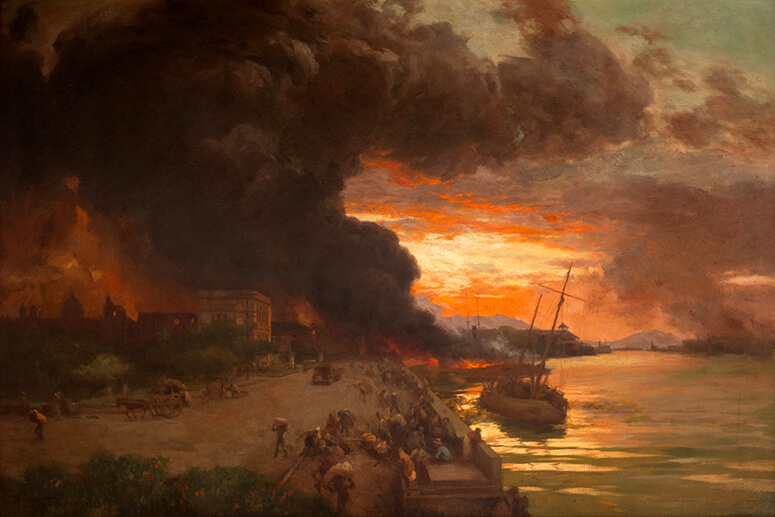
Enter the downfall of modern Manila—the bombing of World War II—whichleveled the beautiful city and all its landmarks.
This particular masterpiece by Fernando Amorsolo, dated heartbreakingly New Year’s Day 1942, captures not the merriment and good cheer of the holiday season but the impending destruction of the Pearl of the Orient. A tower of thick black smoke brings out the fiery reds and oranges of tongues of fire as they consume old Manila, the proud Cathedral, the Intendencia, and other government centers. Entire families scamper away from the scene unable to comprehend what is happening nor to find rescue elsewhere.
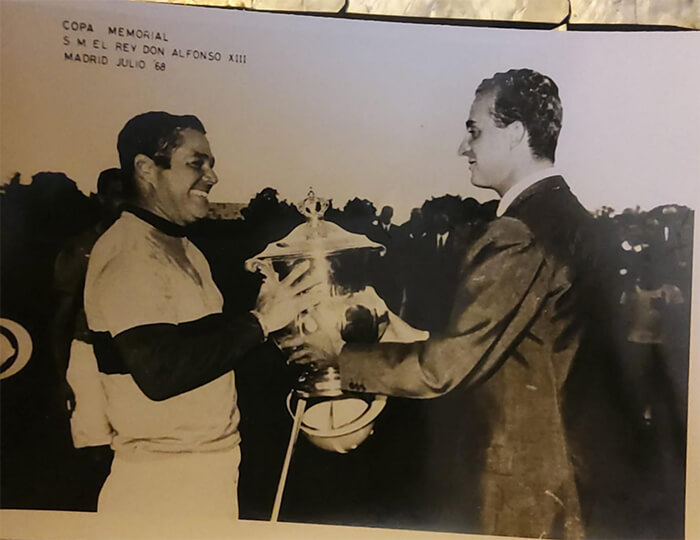
This fragment of Philippine history once belonged to the father of Enrique “EZ” Zobel, Don Jacobo. At the outbreak of the War, with the family fortune consumed by the air raids, the young but enterprising Enriquito Zobel would learn how to earn his keep. According to one of Zobel’s trusted officers, Joan Orendain, EZ did so by transforming his polo ponies into workhorses, that would pull kalesas to take passengers from Jones Bridge to Binondo. It was the kind of charismatic ingenuity that would lead Zobel to an unexpected friendship with a certain Colonel Ohta of the Japanese Imperial Army. Ohta would later help EZ rescue his father from the Death March after the fall of Bataan.
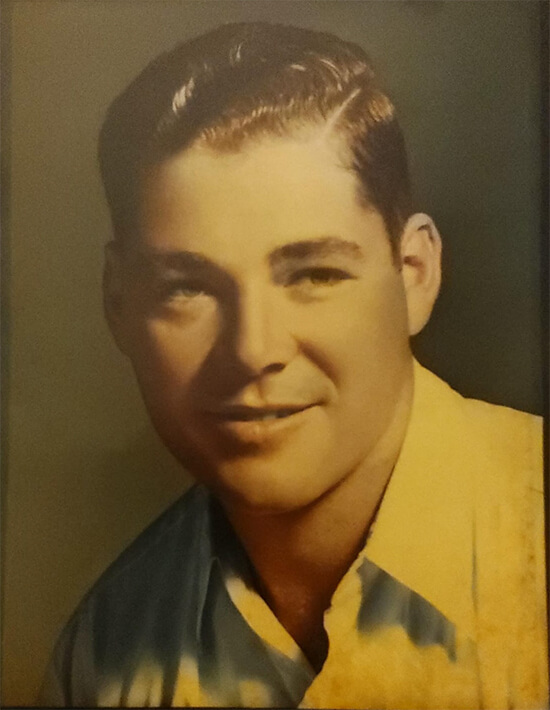
Interestingly, this massive Amorsolo takes as its vantage point the very same Jones Bridge that EZ would traverse daily. Was it beloved because it demonstrated the fleetingness of wealth, pomp and circumstance? Titled The Burning of Manila, it is believed to be the largest if not the first iteration of this powerful theme.
After the war, Enrique Zobel would return to his beloved sport of polo, for it gave him that second wind in life that allowed him to save his father and his name.


